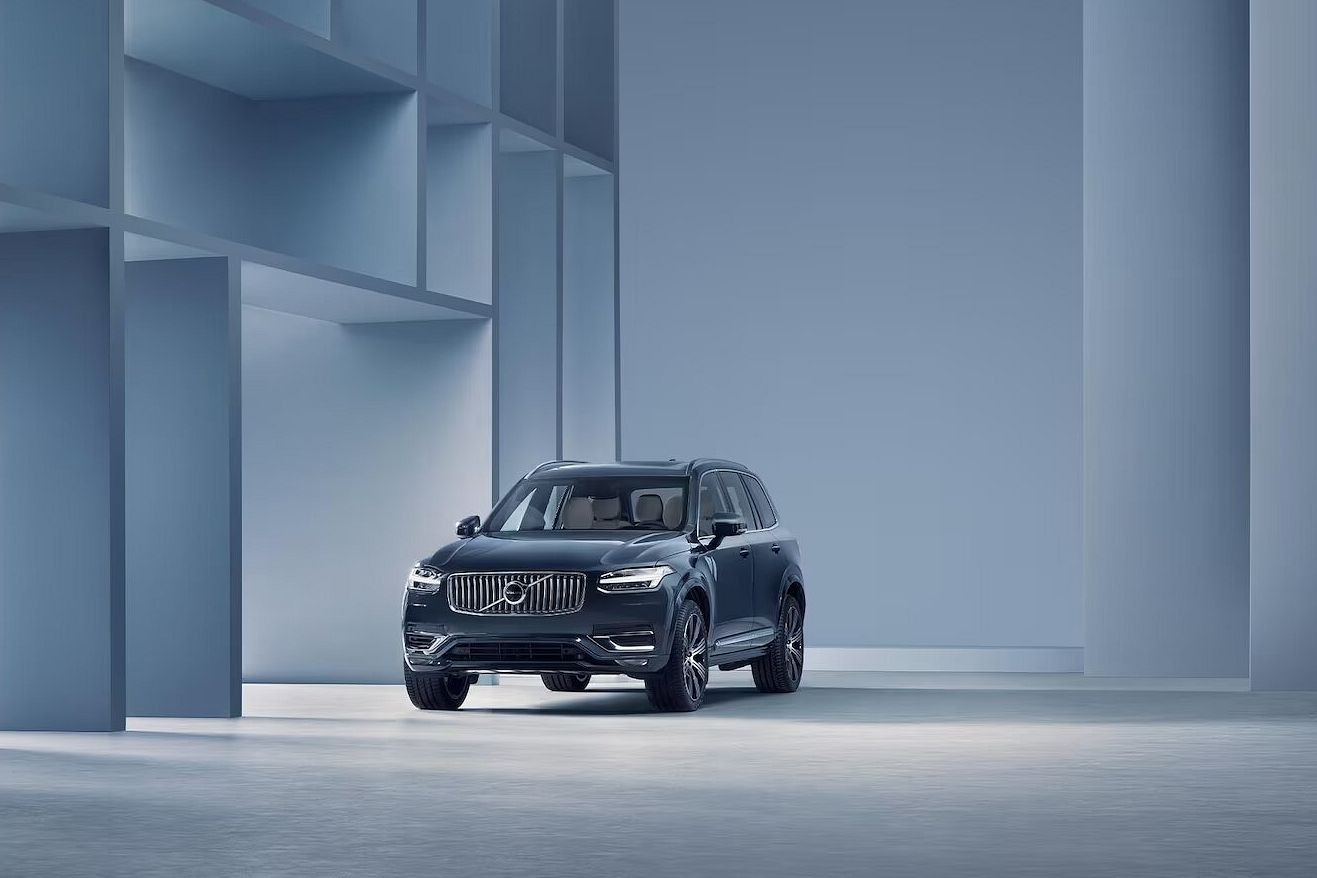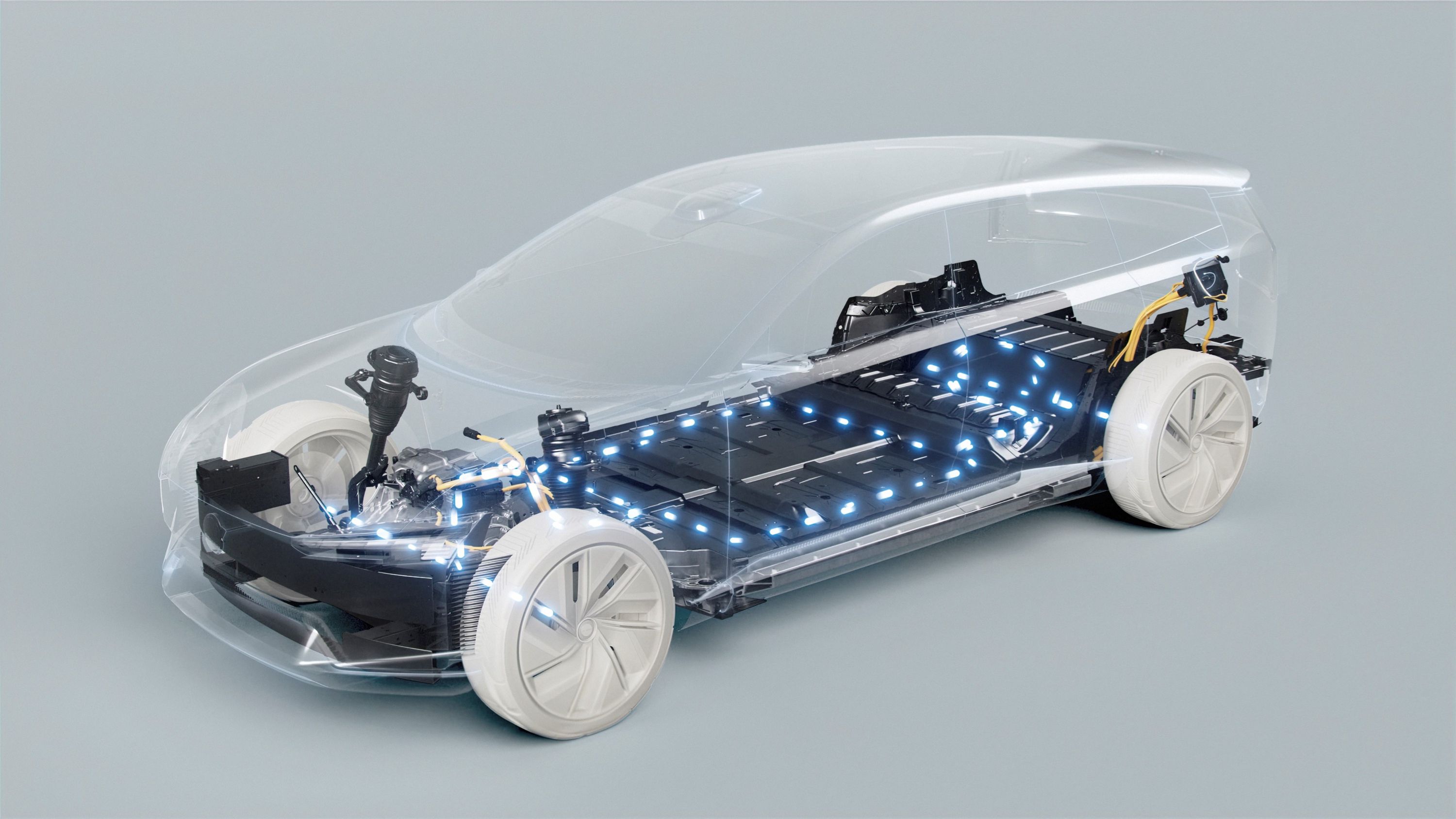
As EVs proliferate, we see new advancements almost daily. But we also find new obstacles to overcome. In addition to driving style, exterior temperature, climate control system usage, we must remember that all of these computers and sensors and radar and lidar and augmented reality all have a cost in addition to their dollar amount. They all use energy. In an internal combustion engine, it doesn't really matter because the battery (and sometimes a 48-volt electrical system) is being charged continuously. But in an electric vehicle, all of that energy use results in a significant drop in range.
Industry analysts project that by 2023, 7% of the total market will have autonomous driving capabilities, requiring $1.5 billion of processors for the task. This is expected to grow to $14 billion in 2030, when upward of 50% of all vehicles sold will be classified as SAE Level 3 or higher.
At a Tesla Autonomy Day event in 2019 the company admitted that driving range could be reduced by up to 25% when using its assisted driving system in the city, where there are lots of new situations to analyze. That will bring a 400-mile range vehicle down to 300 miles and a 300-mile range vehicle down to 225 miles. A study in the journal Nature found it could be up to a 22% decrease, though other analysts are estimating higher.
Ford went with a Fusion Hybrid instead of an EV for its autonomous development vehicle for this exact reason, saying it "envisions a future where our self-driving vehicles are all-electric, but we also need to find the right balance that will help develop a profitable, viable business model. The current state of battery technology doesn't support our business or utilization model. While we will launch with a hybrid platform initially, we will progress to an all-electric platform as soon as it is viable for the business."
Last week we got a load of new information from Volvo, who showed off its Concept Recharge SUV and noted that its next Volvo XC90 flagship (though it will get a name instead of an alphanumeric) will be the home for this new tech. The new car will feature one big computer brain, made up of three other computers, which operate the vision processing, artificial intelligence, general computing and infotainment, in addition to tech from NVIDIA.
We hadn't heard too much about this range depreciation from autonomous tech, except for Tesla, but it makes perfect sense. Not only do a lot of processors use a lot of power, but they also generate a lot of heat, which also needs to be addressed. We talked to Sam Abuelsamid, principle analyst of E-Mobility at Guidehouse insights, who explained that this is a known issue to automakers. That surprised us considering we talked to GM who said its Super Cruise system in the Chevy Bolt EUV does not itself impact driving range. We didn't get a response from Ford, and Volvo, who is using some of this stuff, didn't respond yet either.
"The power consumption of automated driving systems (ADS) is a known issue and everyone in the value chain is working to address the problem," said Abuelsamid. "Depending on the system configuration of any particular ADS they are known to consume anywhere from 1.5kW to 4kW on a continuous basis while operating. This is due to the dozens of sensors and the high-performance computers that are required."
We'll note here that if a battery is drained faster, it needs to be recharged more often, leading to a shorter overall life.
"For example," he continued, "the Chevrolet Bolts that Cruise uses as development vehicles have at times used 40 sensors including 5 lidars, 11 radars and 14 cameras. The latest configuration has added additional thermal imaging cameras and newer high-resolution radars. On top of that is the computing platforms."
The Luminar Iris lidar, like on the Volvo, takes 25 watts of continuous power. The NVIDIA Drive Pegasus computer uses about 400 watts, and it all adds up. Additionally, these systems need to work 100% of the time or people get injured or worse. All the systems need backup systems, which also cost energy.
"An AV must have multiple computers to provide fail operational capability. Traditional vehicles rely on fail-safe capability where they must detect failures in the system and alert the driver who is the backup. For example, if you are driving with adaptive cruise control or lane keeping assist, if a sensor fails or is obscured by bird poop or salt, the system alerts the driver and shuts down," said Abuelsamid. "But in an AV where there may not even be a human on board, fail operational is required so that if a fault detection happens, the vehicle can continue operating until it can get to a safe location."
The other two factors to consider are the sensors themselves and the benefit of smooth autonomous driving. The cameras and lidar sensors sometimes protrude from the vehicle, increasing wind drag and decreasing range. However, there is a benefit to autonomous driving in consumption. It is assumed these systems can accelerate more smoothly and brake earlier and gentler, using less energy.
"In general, most assisted driving system developers agree that battery electric AVs will lose about 40-50% of the range available from the base vehicle," said Abuelsamid. "This is why Ford opted to go with a hybrid powertrain for its first AV launching next year. Since all these vehicles will be in some sort of commercial fleet service (either robotaxis or deliveries) uptime is crucial and they didn't want cars sitting around waiting to charge."
Like battery tech, autonomous tech is relatively new. And we've seen how much batteries and range have improved over the past decade, so we'd like to think as more manufacturers start focusing on this, we'll see similar improvements. Quantum computers would work better, but they're still a long way off. The next revolution might be in photonic computers, which use laser light to compute and send data. They use a lot less energy and make less heat than traditional microchips by using different colors to encode data.
"Photonic computers excel in applications that require extreme throughput with low latency and relatively low power consumption - applications like cloud computing and, potentially, autonomous driving, where the real-time processing of vast amounts of data is required," according to TechCrunch.
It certainly feels like a time of upheaval in the industry, but it always seems like that. Still, we can't envision a bigger transformation than going from ICE to EVs at the same time as self-driving to autonomous, so maybe we will look back on this time and say that it was the biggest transformation in the history of the business.
Your next car will most likely be a hybrid or an EV. If not your next car, then the one after that. And it will probably have some autonomous features too. If you end up using them all the time, just remember to factor that in to your range calculations. If you don't, you might end up autonomously stranded in your autonomous vehicle.

